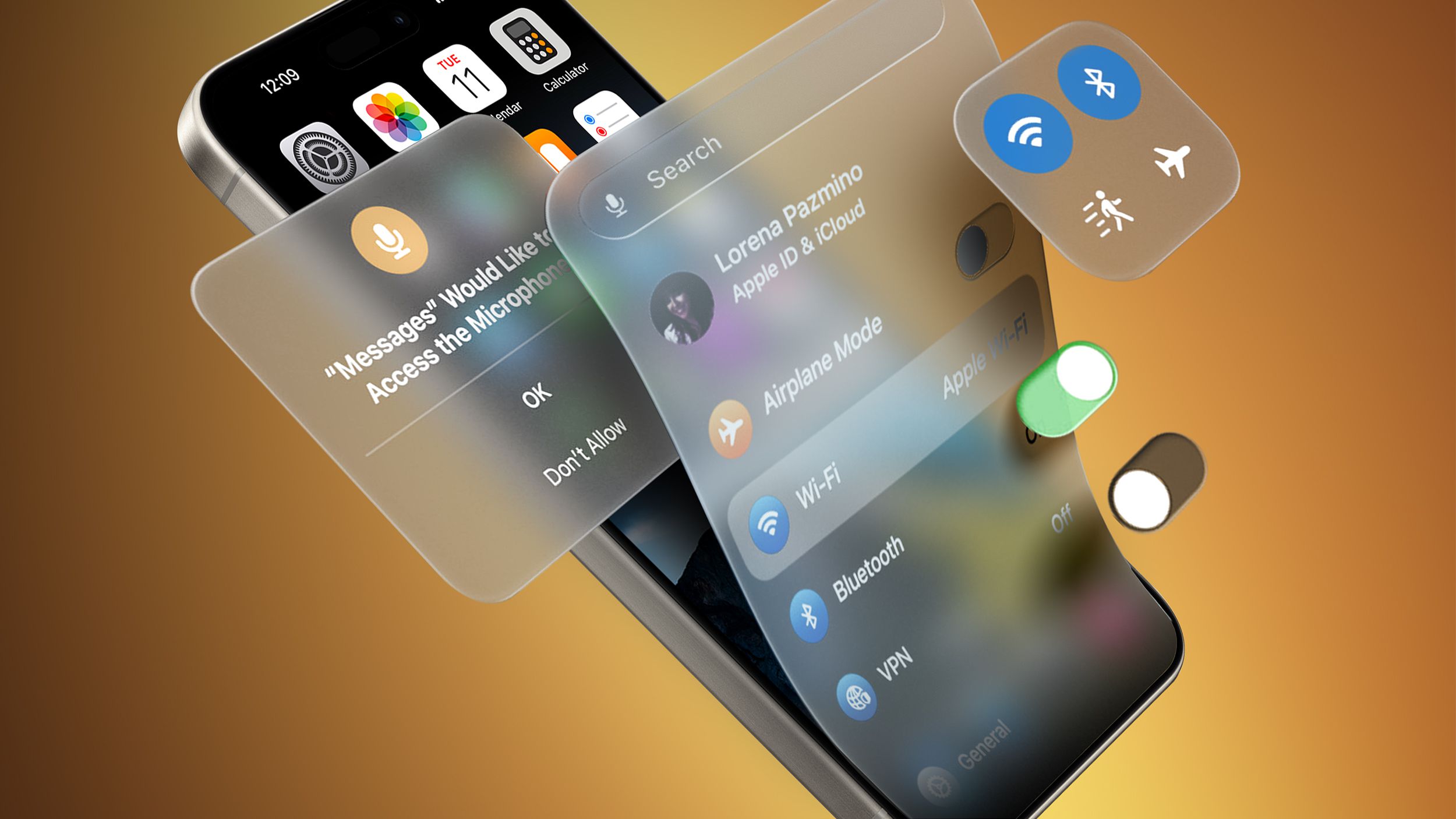macOS 26: Rumored features, release date, supported devices, more
macOS 26 is Apple’s upcoming operating system for Mac computers. It will likely be announced at the WWDC 2025 keynote ahead of a public release … The post macOS 26: Rumored features, release date, supported devices, more appeared first on BGR.

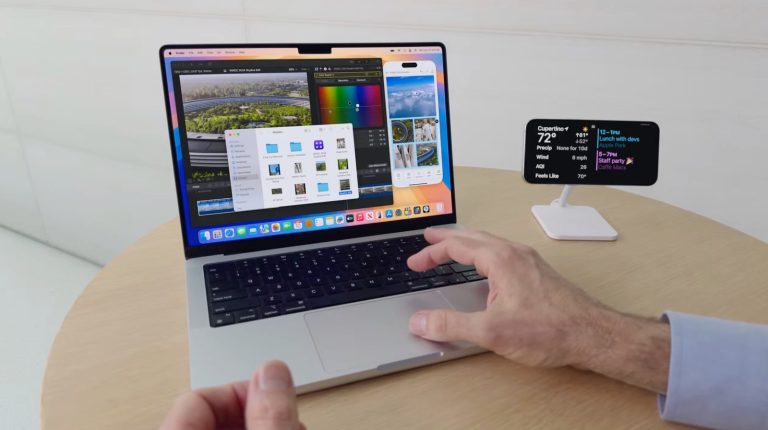
macOS 26 is Apple’s upcoming operating system for Mac computers. It will likely be announced at the WWDC 2025 keynote ahead of a public release this fall. Apple is expected to expand its Apple Intelligence features, as it still needs to catch up with Google, OpenAI, and other top rivals. Here’s everything you need to know about the upcoming macOS 26 operating system update.
Wait, macOS 26?
For the first time since OS X, Apple plans to tweak the name of the Mac's operating system. While it's still expected to be called macOS, Apple might copy Microsoft's approach by naming it macOS 26 instead of the once-expected macOS 19.
According to Bloomberg’s Mark Gurman, macOS 26 will be the next version of macOS as Apple begins identifying software updates by the upcoming year (like a new car’s model year). Apple’s other OS updates will reportedly follow the same naming convention.
Gurman explains that the intent is “to bring consistency to its branding and move away from an approach that can be confusing to customers and developers.” All of Apple’s software updates to this point have been named sequentially based on their original release date. As a result, iOS 18 launched at the same time as watchOS 12, macOS 15, and visionOS 2. Going forward, they will all be aligned, to the delight of users and developers everywhere.
However, this macOS 26 rebrand suggests Apple is dodging the AI race, not leading it.
Is Apple still giving macOS 26 a name?
Rumors previously suggested Apple was teeing up macOS Mammoth, as the Cupertino company asked for a trademark extension of this name in 2021.
Mammoth was rumored for 2021 when Apple unveiled Monterey, and again in 2022. For 2025, it’s unclear what Apple will call macOS 26. Internally, the software is known as Cheer.
However, with this recent macOS 26 naming rumor, Apple might be done with Californian names for its operating system.
When will Apple announce macOS 26?

If Apple sticks to tradition, it should announce macOS 26 during the WWDC 2025 keynote. The Worldwide Developers Conference will take place from June 9 to June 13. While previously held at the San Jose McEnery Convention Center in California, WWDC changed to a pre-recorded video presentation when the pandemic started. Now, the company also invites the media and developers to watch it from the Apple Park campus in Cupertino.
Release date
macOS 26 is expected to be released in September 2025. Apple usually says the new system update will be available “in the fall.” However, the company has released Mac software updates in late September for the past few years.
Some rumors say Apple won’t make every major macOS 26 feature available all at once due to delays related to Apple Intelligence. In fact, the most impressive features might not arrive until the first half of 2026.
Rumored macOS 26 features
So far, the main rumored features are related to the expansion of Apple Intelligence and a major redesign. Here’s what we know:
A major redesign is coming
Bloomberg‘s Mark Gurman reports that macOS 26 “will fundamentally change the look of the operating systems and make Apple’s various software platforms more consistent.” According to the journalist, Apple will unify the look of iOS, iPadOS, and macOS to deliver a more straightforward experience through the platform. This is why the company might move to macOS 26 instead of 16.
Apple will adjust the look of icons, menus, apps, windows, and system buttons. This is said to be the most significant redesign for the iPhone since iOS 7 and for the Mac since Big Sur. The primary goal behind these design overhauls is to bring more cohesion to Apple’s disparate operating systems.
Besides that, in January, Front Page Tech suggested iOS 26 might get a redesign inspired by visionOS, especially the Camera app. With several layers of interaction, some have suggested Apple might need to make the Camera app simple again, and redesigning it with elements of the visionOS UI might make it more accessible for the average user.
Then, in April, John Prosser offered a look at what he thinks will be Apple’s iOS 26 redesign, after Bloomberg‘s Mark Gurman said the leaked images were “based on either very old builds or vague descriptions.”
Front Page Tech host Jon Prosser claims that Gurman’s post actually prompted him to go back and take a closer look at the leaked iOS 26 build. When he did, he noticed that tapping on icons changed their shape. The icons suddenly became more rounded, similar to the look of the apps on visionOS, but not quite a perfect circle.
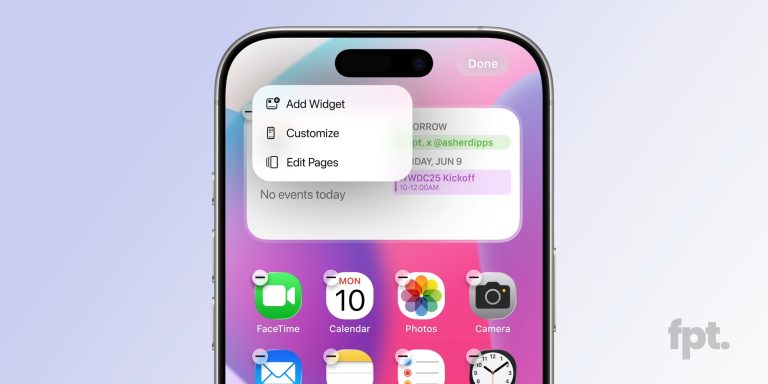
Other changes in iOS 26 uncovered this time around included on-screen elements shimmering when the phone moves, rounder brightness, and volume sliders in Control Center, new animated tabs at the bottom of Apple’s first-party apps, the search field at the bottom of the Messages app, and subtle visual changes to the Settings app.
Still, Gurman only reshared his old post on X, saying the images don’t represent what Apple is actually working on.
Other rumors suggest Apple could redesign these operating systems as the new Apple Invites and Apple Sports app could be proof of this design change. However, it would be interesting if the company made the design language of its major systems similar.
Apple Intelligence has a long way to go
Apple didn't have any new Apple Intelligence features to introduce during the macOS Sequoia cycle. That said, more advanced features will come in later 2025 or 2026 with macOS 26. According to Bloomberg‘s Mark Gurman, the first version of Apple Intelligence only offers “domestic” changes. However, a ChatGPT-like model is coming at a later date:
These upcoming upgrades will make Siri easier to use on a day-to-day basis, but it’s not the brain transplant that the service really needs. Siri is still based on an outdated infrastructure — AI models that have been overtaken by the technology used by ChatGPT and Google’s Gemini. Siri hasn’t yet been rebuilt for the generative AI age, even if Apple is trying to create the impression that it has.
It’s not just the LLM Siri chatbot that won’t be released until 2026. Gurman says that a “larger-than-usual number of features scheduled for macOS 16 (beyond the new Siri) are already postponed until spring 2026 (when macOS 16.4 debuts).”
In March, Apple announced that the long-awaited personalized Siri experience in Apple Intelligence would be available in the “coming year” as the company delayed its most important AI feature to date.
Siri GPT
According to Bloomberg’s Mark Gurman, Apple’s new version of Siri will employ more advanced large language models (LLMs) to allow users to have long back-and-forth conversations with the virtual assistant. Sources also claim that “LLM Siri,” as Apple employees have dubbed it, will be capable of handling more sophisticated requests even faster.
Apple is currently testing the upgraded Siri on iPhones, iPads, and Macs as a standalone app, but the goal is to replace Siri with the new version eventually. Apple plans to introduce LLM Siri next year as part of iOS 26 and macOS 26 (codenamed Luck and Cheer).
As was the case with Apple Intelligence this fall, the new Siri reportedly won’t launch alongside the new hardware in 2025. Rather, Apple will announce it next year and start rolling out the upgraded Siri as early as spring 2026.
“The revamped Siri will rely on new Apple AI models to interact more like a human and handle tasks in a way that’s closer to ChatGPT and Google’s Gemini,” Gurman explains in his report. “It will also make expanded use of App Intents, which allow for more precise control of third-party apps. And the software will be able to tap into features from Apple Intelligence, such as the ability to write and summarize text.”
New emoji
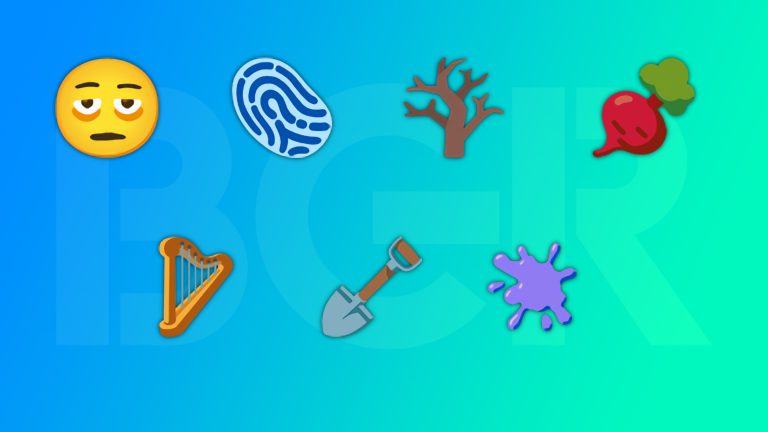
Apple always adds new emojis during every macOS cycle. Even though they don’t come with the first major update, the company unveils them during the life cycle of the newest operating system.
macOS 26 accessibility features announced before the WWDC 2025 keynote

Following a trend from a few years ago, Apple announced the accessibility features of macOS 26. These are the first new functions confirmed by Apple, coming later this fall:
Accessibility Nutrition Labels: This feature adds a new section to App Store product pages highlighting accessibility features within apps and games. This includes VoiceOver, Voice Control, Larger Text, Sufficient Contrast, Reduced Motion, captions, and more. Accessibility Nutrition Labels will be available on the App Store worldwide.
Magnifier for Mac: The Magnifier app for Mac connects to a user’s camera so they can zoom in on their surroundings, such as a screen or whiteboard. Magnifier works with Continuity Camera on iPhone as well as attached USB cameras, and supports reading documents using Desk View. With customized views, users can adjust brightness, contrast, color filters, and perspective to make text and images easier to see. Views can also be captured, grouped, and saved to add to later on.
New Braille Experience: iOS 26 will bring an all-new experience that turns iPhone, iPad, Mac, and Vision Pro into full-featured braille note takers integrated within the Apple ecosystem. Users can easily open any app by typing with Braille Screen Input or a connected Braille device.
Personal Voice can now generate a natural-sounding voice in under a minute using just 10 phrases, with support for Spanish (Mexico) added.
Vehicle Motion Cues expands to Mac, with new customization options for animated onscreen dots across iPhone, iPad, and Mac.
Switch Control adds support for Brain-Computer Interfaces (BCIs), allowing users with severe mobility disabilities to control devices without physical movement.
Live Captions expand to more languages, including English (India, UK, Australia, Singapore), Mandarin, Cantonese, Spanish, French, Japanese, German, and Korean.
Official macOS 26 download
macOS 26 hasn’t been officially announced. Therefore, you cannot test it or download its official version yet.
macOS 26 beta download
macOS 26 hasn’t been announced yet. That said, you can’t download its beta version. Once it’s available, make sure you have your developer account enrolled on your device, or you’re part of the Apple Beta Software Program. After that, follow the steps below:
- On your Mac, open the Settings app
- Tap on General and Software Update
- Tap on Beta Updates and enable macOS 26 Beta
Supported devices

Apple keeps ditching older Macs with the latest macOS updates. While we expect the company to soon drop support for all Intel Macs, these are all the computers that can run the latest macOS Sequoia version:
- 2019 iMac and later
- 2017 iMac Pro
- 2020 MacBook Air and later
- 2018 MacBook Pro and later
- 2019 Mac Pro and later
- 2018 Mac mini and later
- 2022 Mac Studio and later
That said, a rumor suggests the company will offer support for these Macs with macOS 26:
- MacBook Pro: 2019 model or later
- MacBook Air: M1 or later
- Mac Pro: 2019 or later
- Mac mini: M1 or later
- Mac Studio: All models
Wrap up
BGR will keep updating the macOS 26 guide as we learn more about rumored features, its release date, and more.
The post macOS 26: Rumored features, release date, supported devices, more appeared first on BGR.
Today's Top Deals
- Best deals: Tech, laptops, TVs, and more sales
- Today’s deals: $299 Apple Watch Series 10, $38 Sony portable speaker, $249 DJI Mini 4K drone, more
- Today’s deals: Heybike ALPHA, $299 Apple Watch Series 10, $90 23-piece cookware set, more
- Today’s deals: $399 iPad mini, $188 Vizio surround sound, $32 Thermacell mosquito repeller, more
macOS 26: Rumored features, release date, supported devices, more originally appeared on BGR.com on Fri, 30 May 2025 at 14:26:00 EDT. Please see our terms for use of feeds.




























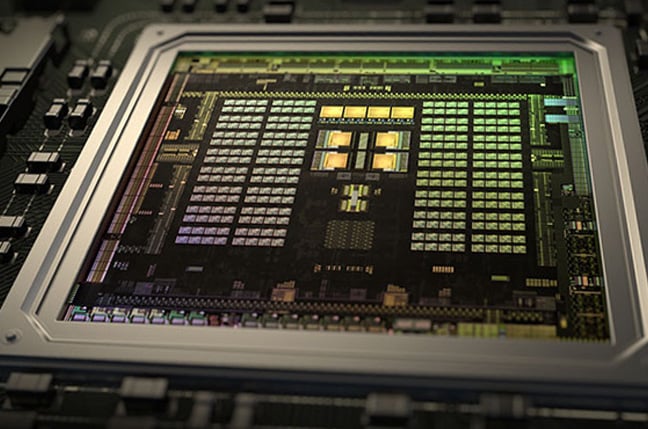























































































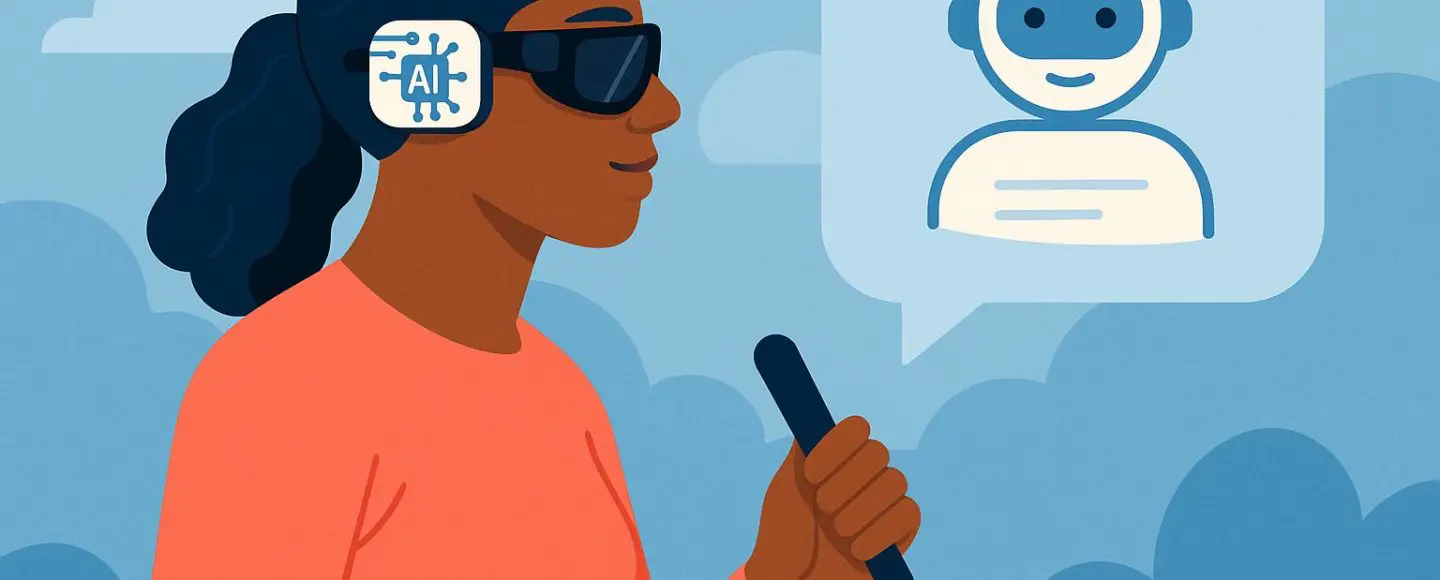

























































![[The AI Show Episode 150]: AI Answers: AI Roadmaps, Which Tools to Use, Making the Case for AI, Training, and Building GPTs](https://www.marketingaiinstitute.com/hubfs/ep%20150%20cover.png)
![[The AI Show Episode 149]: Google I/O, Claude 4, White Collar Jobs Automated in 5 Years, Jony Ive Joins OpenAI, and AI’s Impact on the Environment](https://www.marketingaiinstitute.com/hubfs/ep%20149%20cover.png)













































































































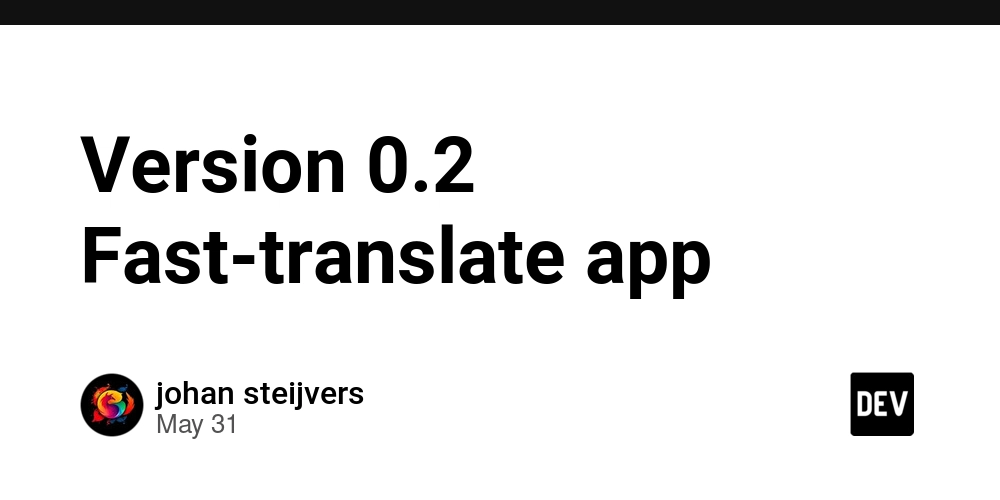












![[FREE EBOOKS] Solutions Architect’s Handbook, The Embedded Linux Security Handbook & Four More Best Selling Titles](https://www.javacodegeeks.com/wp-content/uploads/2012/12/jcg-logo.jpg)




![How to Survive in Tech When Everything's Changing w/ 21-year Veteran Dev Joe Attardi [Podcast #174]](https://cdn.hashnode.com/res/hashnode/image/upload/v1748483423794/0848ad8d-1381-474f-94ea-a196ad4723a4.png?#)


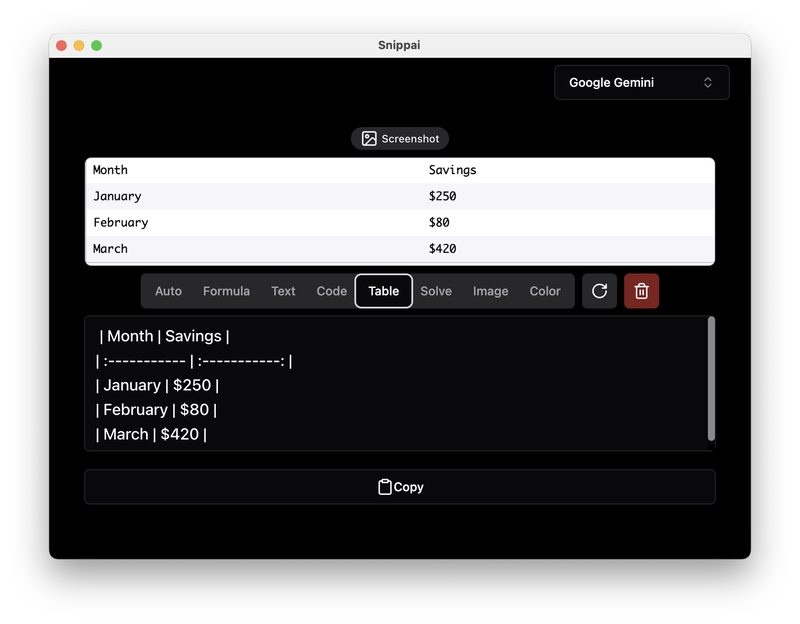




































































































































_ArtemisDiana_Alamy.jpg?width=1280&auto=webp&quality=80&disable=upscale#)








































































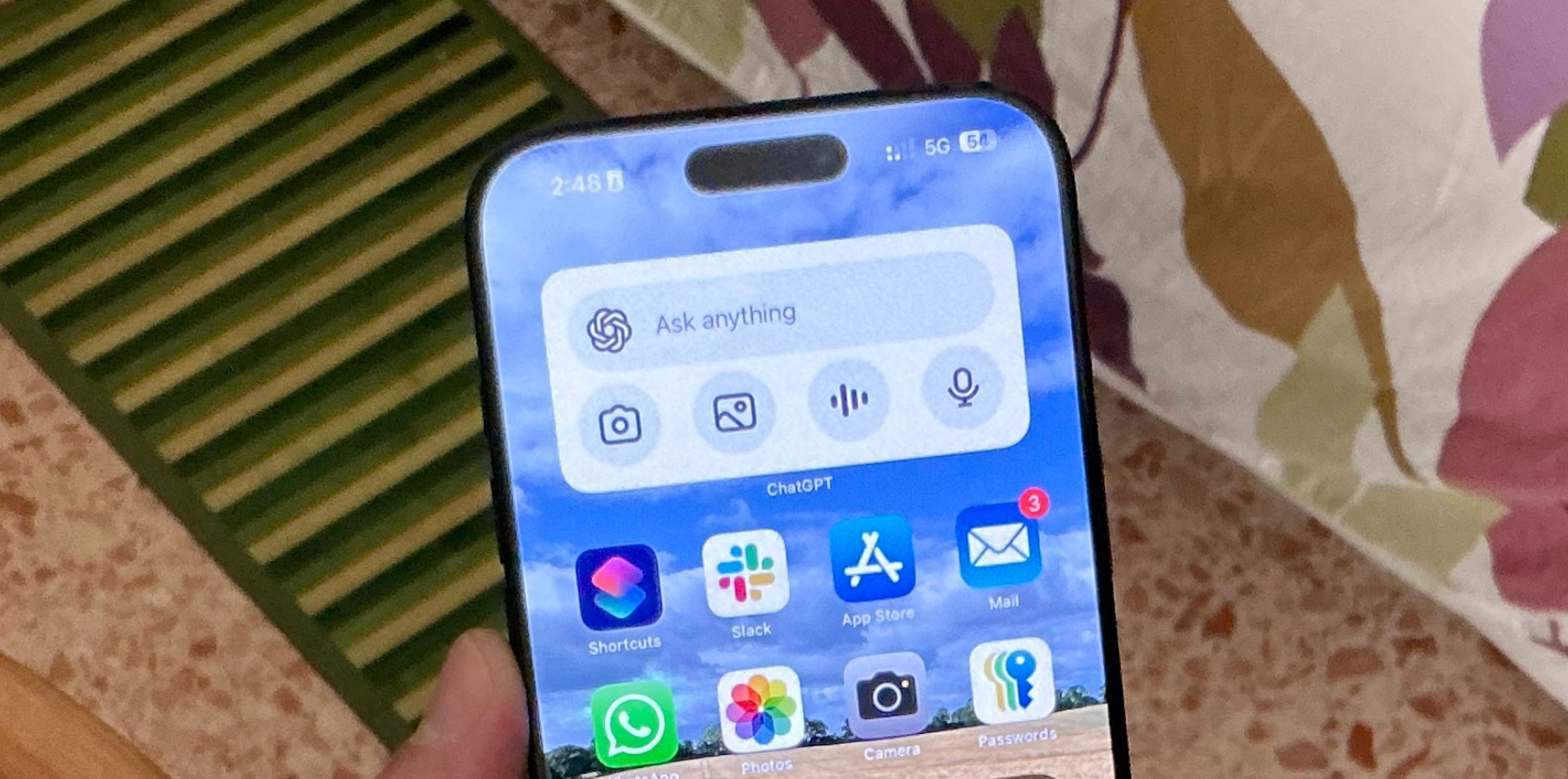








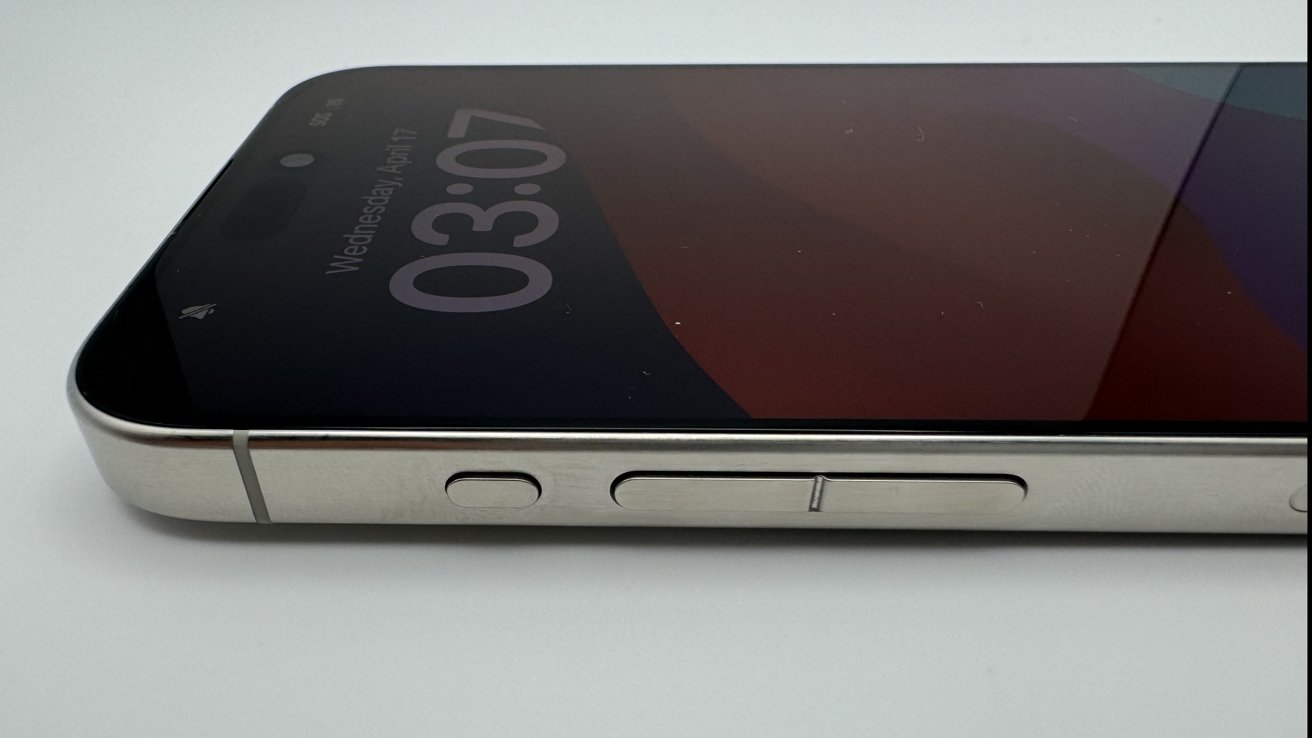





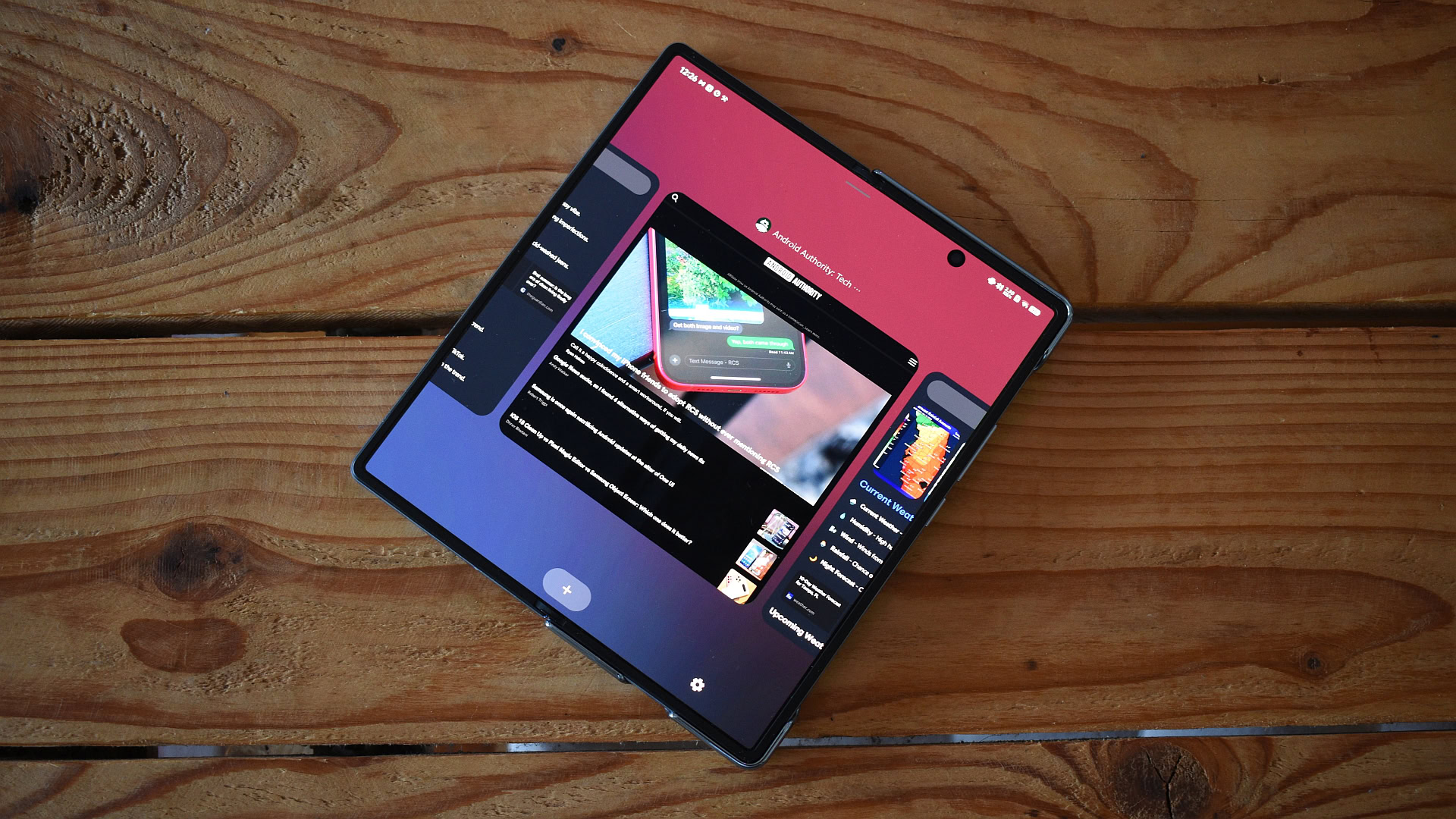



















![Sonos Father's Day Sale: Save Up to 26% on Arc Ultra, Ace, Move 2, and More [Deal]](https://www.iclarified.com/images/news/97469/97469/97469-640.jpg)


![Apple 15-inch M4 MacBook Air On Sale for $1023.86 [Lowest Price Ever]](https://www.iclarified.com/images/news/97468/97468/97468-640.jpg)







































